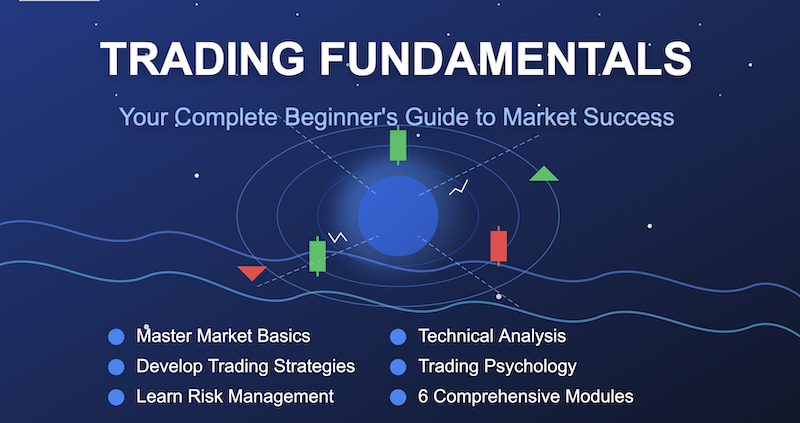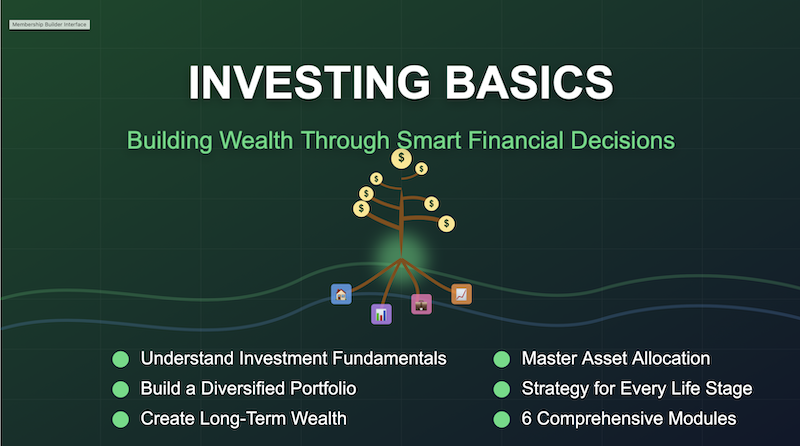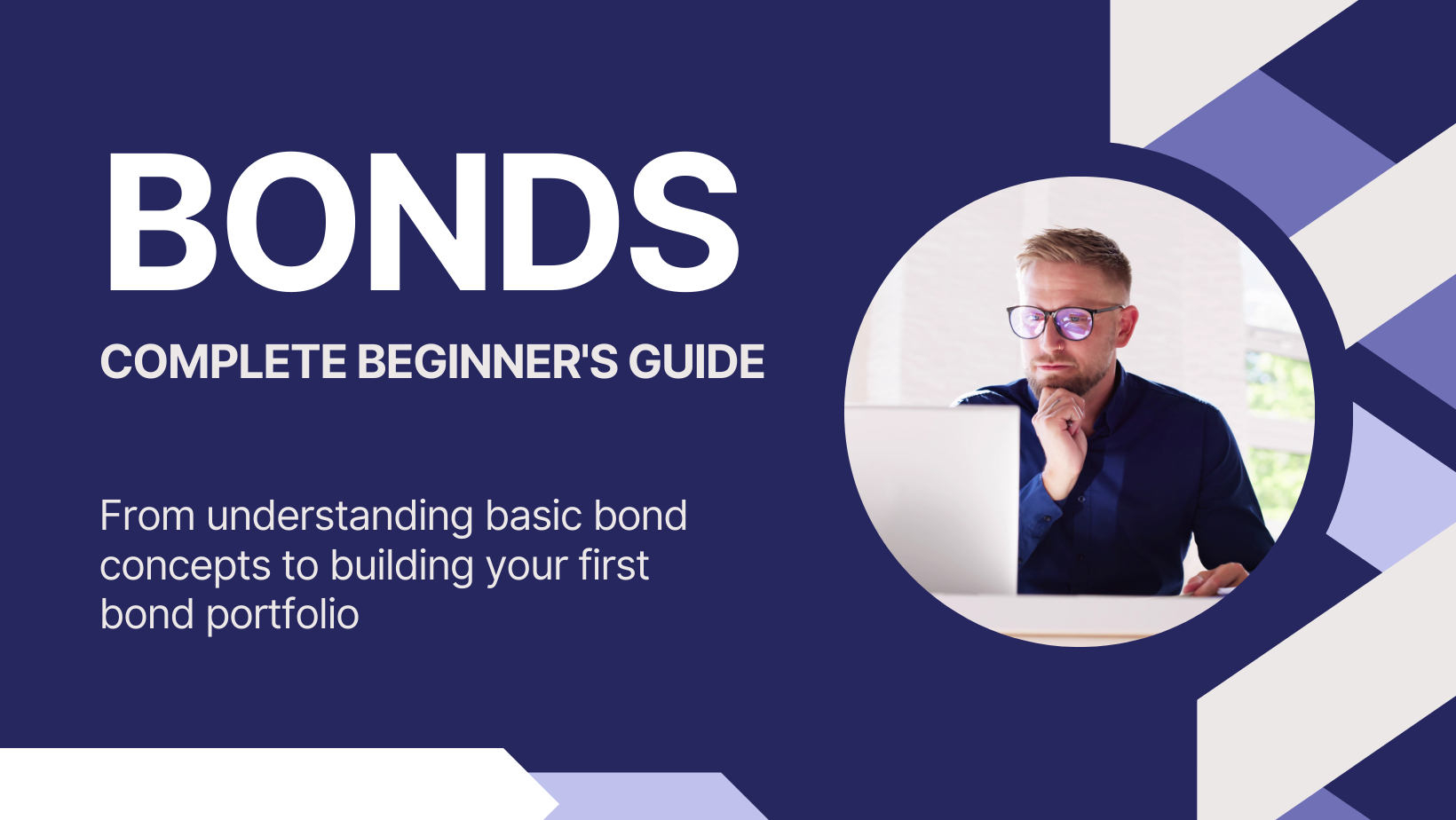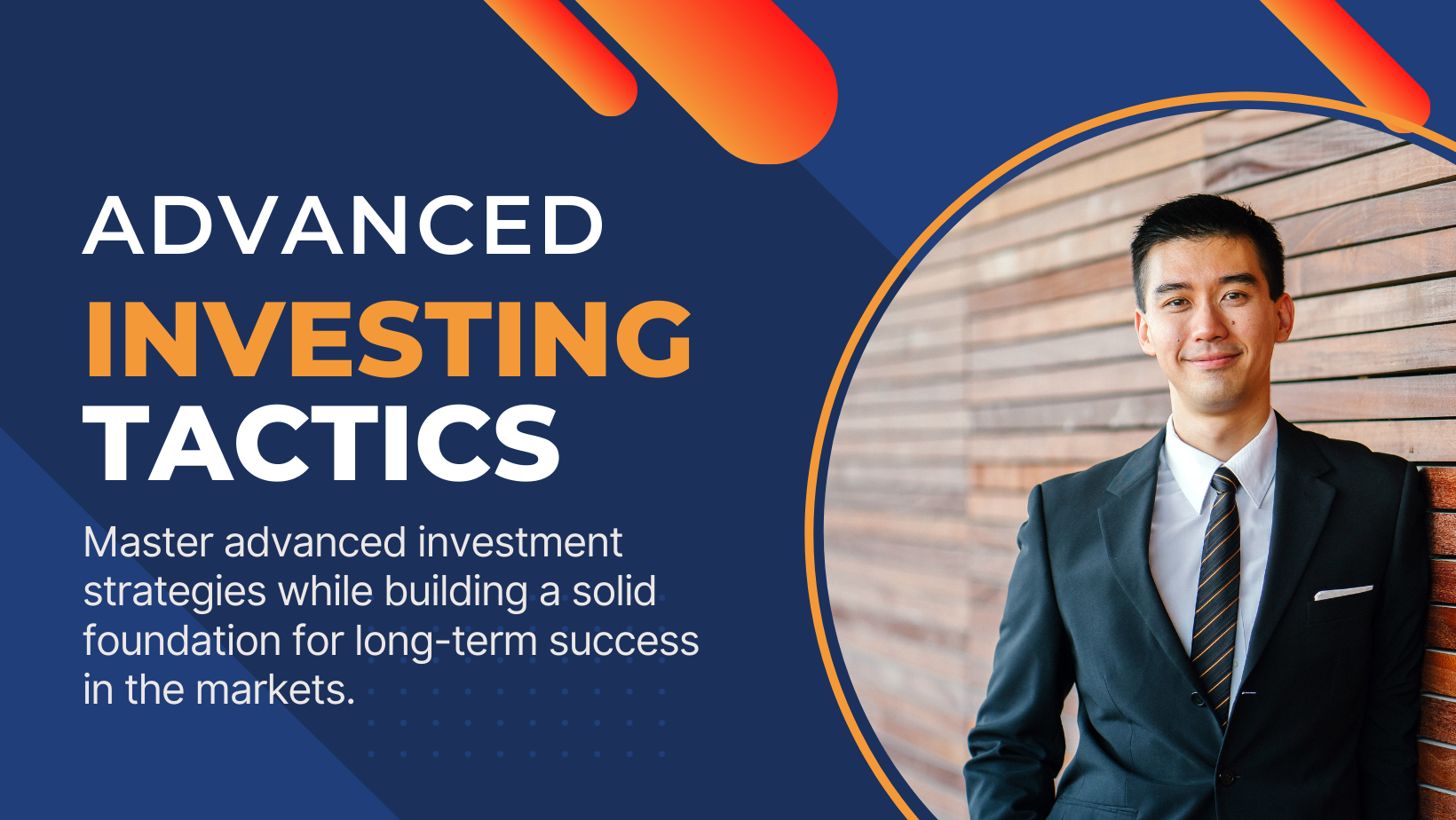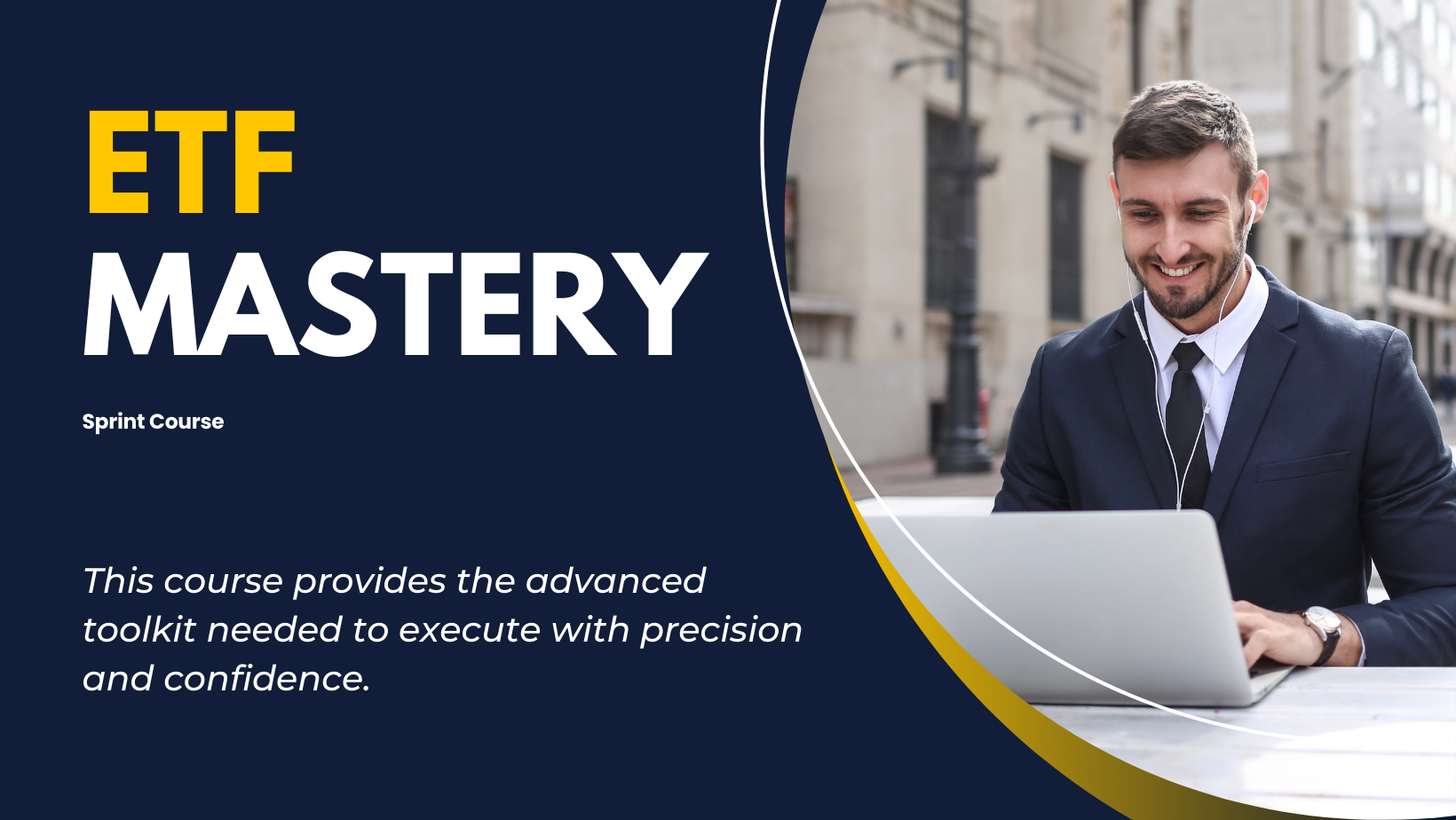The Position Size Paradox
Key Points
⚡Position size determines survival more than strategy
⚡Compound interest beats big swings over time
⚡Psychological stability requires appropriate risk levels
⚡Professional scaling approaches work best
Here's the math that will save your trading account:
Risk 2% per trade, not 20%.
Sounds boring? It's not. It's the difference between building wealth and losing everything.
Most traders think position sizing is about how much money they can make. It's actually about how long they can survive.
The Tale of Two Traders
Sarah and Mike both start with $10,000. Both discovered the same "winning" strategy in demo trading. Both have identical win rates, identical profit targets, identical everything.
Except one thing: position sizing.
Sarah risks 2% per trade ($200 initially). Mike risks 10% per trade ($1,000 initially).
After their first four consecutive losses—and every trader faces losing streaks—here's where they stand:
Sarah's Account:
Trade 1: $10,000 - $200 = $9,800
Trade 2: $9,800 - $196 = $9,604
Trade 3: $9,604 - $192 = $9,412
Trade 4: $9,412 - $188 = $9,224
Sarah has $9,224 left. She needs an 8.4% gain to break even.
Mike's Account:
Trade 1: $10,000 - $1,000 = $9,000
Trade 2: $9,000 - $900 = $8,100
Trade 3: $8,100 - $810 = $7,290
Trade 4: $7,290 - $729 = $6,561
Mike has $6,561 left. He needs a 52.4% gain to break even.
Who do you think sleeps better at night? Who's more likely to make desperate trades to "get back to even"?
The Compound Magic
Small position sizes feel like driving in first gear when you want to floor it. You want to get rich quick. You see others bragging about massive gains, and 2% per trade feels pathetic.
But wealth compounds. It doesn't sprint.
Here's what most people miss: consistent small gains beat inconsistent large ones every single time.
A 1% monthly return becomes 12.7% annually. Do that for 10 years, and you've tripled your money. Boring? Try being consistently boring for a decade. Your bank account won't be bored.
Meanwhile, the "get rich quick" traders are typically getting poor quick.
The Psychology Problem
When you switch from demo to live money, something strange happens in your brain. You look at your smaller account balance and think, "I need to make up for this size difference by taking bigger risks."
It's like trying to win at poker by going all-in every hand. Sure, you might win big once or twice. But you'll definitely lose everything eventually.
This thinking is backwards. The smaller your account, the more carefully you should protect it. Big accounts can survive big mistakes. Small accounts can't.
The Kelly Criterion Reality
Mathematical geniuses have solved this problem. The Kelly Criterion tells you the optimal bet size based on your edge and win rate.
But here's what's fascinating: even with a significant edge, the Kelly Criterion rarely suggests risking more than 5-10% on any single trade. And that's for strategies with proven, long-term statistical advantages.
Most retail traders don't have proven edges. They have hunches, hot tips, and emotional impulses. The optimal bet size for hunches is zero.
David's Destruction
David was a software engineer who approached trading like a math problem. He backtested strategies meticulously. His demo results were impressive: 18 months of consistent profits.
When he switched to live trading, he decided to risk 15% per trade to "accelerate his returns." His logic seemed sound: with a 62% win rate and 1.8:1 reward-to-risk ratio, he had a mathematical edge.
The first month went perfectly. He made $3,200 on his $10,000 account. He felt like a genius.
The second month, he hit a losing streak. Seven consecutive losses. His account dropped to $3,100. He needed a 223% gain to get back to even.
Panic set in. He abandoned his tested strategy and started revenge trading. Within another month, his account was at $800.
David's strategy was profitable. His position sizing was suicidal.
The Drawdown Reality
Every trading strategy experiences drawdowns—periods where you lose money despite following your rules perfectly. This isn't failure; it's mathematics.
If you flip a coin 1,000 times, you'll experience streaks of 8-10 consecutive heads or tails. Trading is similar. Even with a 70% win rate strategy, you'll face streaks of 5-7 consecutive losses.
The question isn't whether you'll face drawdowns. The question is whether you'll survive them.
2% Risk Scenario:
10 consecutive losses = 18.3% drawdown
Recovery time: manageable, psychologically tolerable
10% Risk Scenario:
5 consecutive losses = 41% drawdown
Recovery time: requires 70% gains, psychologically devastating
20% Risk Scenario:
3 consecutive losses = 48.8% drawdown
Recovery time: requires 95% gains, often leads to account termination
Linda's Lesson
Linda started with $25,000 and a conservative approach. She risked exactly 1% per trade, no exceptions.
Her friends mocked her "tiny" position sizes. While they were making thousands per day (and losing thousands per day), Linda was making hundreds per month.
After two years of consistent trading:
Linda's account: $47,000 (88% gain)
Her friends' accounts: Most were at zero
Linda's secret wasn't superior market analysis. It was superior survival instincts.
The Scaling Strategy
Professional traders don't jump from demo to full position sizes overnight. They scale up gradually:
Phase 1: Micro Positions (Months 1-3)
Risk 0.5-1% per trade
Focus on psychology and execution
Prove consistency with real money pressure
Phase 2: Small Positions (Months 4-6)
Risk 1-1.5% per trade
Increase size only after proving profitability
Continue refining emotional control
Phase 3: Target Positions (Months 7-12)
Risk 2% per trade (maximum for most retail traders)
Full position sizes only after consistent profitability
Ongoing psychological monitoring
This approach allows your brain to adapt to real money pressure gradually, like altitude training for mountain climbers.
The Martingale Trap
Some traders use "martingale" systems—doubling down after losses to recover quickly. It sounds logical: if you lose $100, risk $200 on the next trade to win back $200 and profit $100 overall.
This is financial suicide.
The math is brutal. Starting with $100 bets:
After 5 consecutive losses, your next bet is $3,200
After 7 consecutive losses, your next bet is $12,800
After 10 consecutive losses, your next bet is $102,400
You'll eventually hit a losing streak that requires more money than you have. It's not a matter of if, but when.
The Emotional Thermostat
Your position size acts like an emotional thermostat. Too small, and you don't feel engaged. Too large, and you're paralyzed by fear.
The sweet spot is where you care about the outcome but can still think clearly. For most traders, this is 1-2% of account equity per trade.
When you risk appropriate amounts:
Losses sting but don't devastate
Wins feel good but don't create overconfidence
You can stick to your plan during drawdowns
You sleep well regardless of open positions
The Professional Standard
Professional fund managers typically risk 0.5-2% of assets per trade. They do this not because they're conservative, but because they're smart.
They understand that staying in the game is more important than any single trade. They know that consistent small edges compound into massive wealth over time.
They also know something retail traders often miss: big position sizes lead to big emotional swings, which lead to poor decisions, which lead to poor results.
The market rewards patience and punishes impatience. Your position size is your vote for which camp you're in.
Remember: you can't go broke taking small, consistent profits, but you can definitely go broke taking large, inconsistent risks. The goal isn't to get rich quick—it's to get rich eventually.



